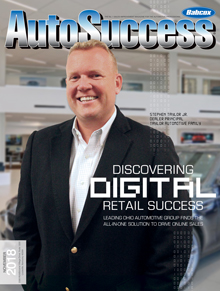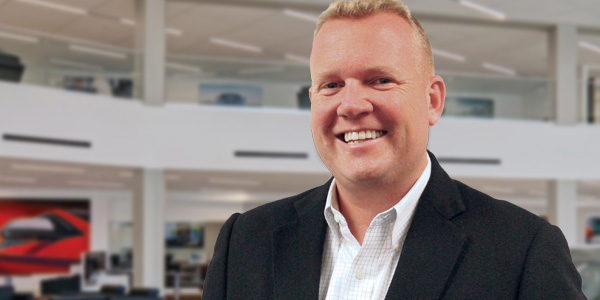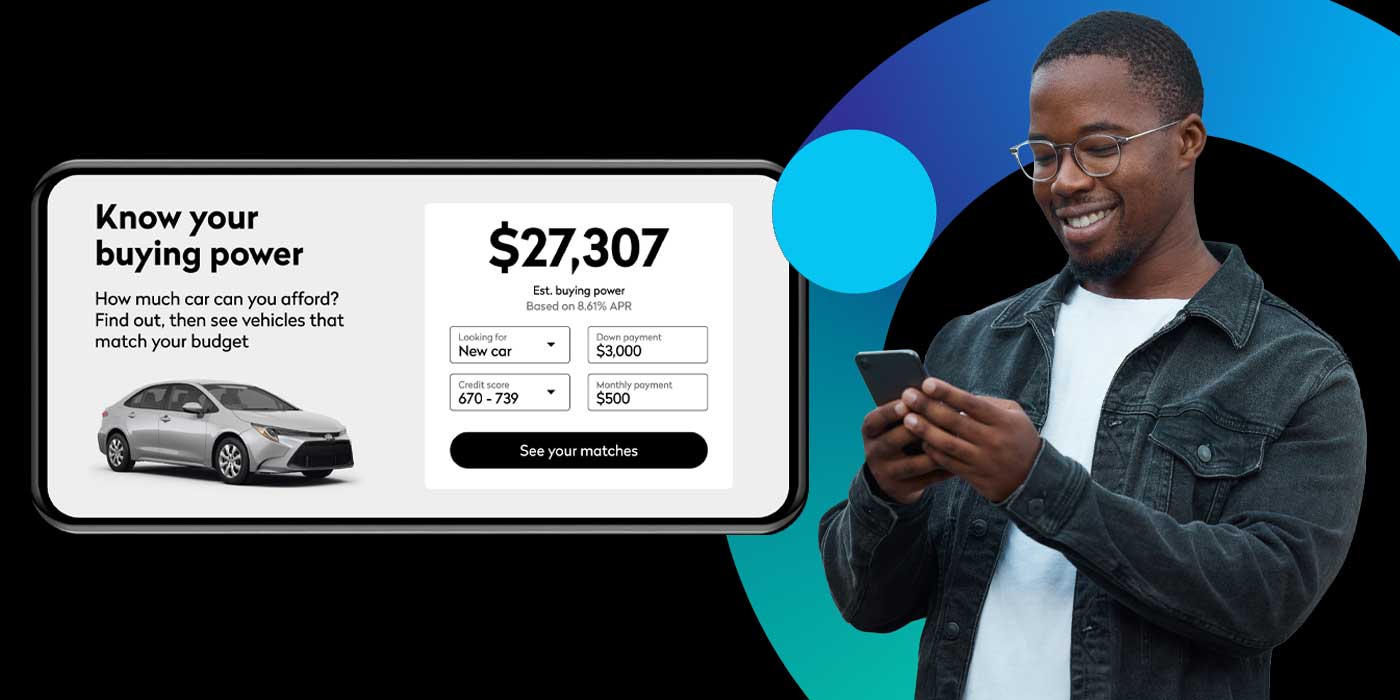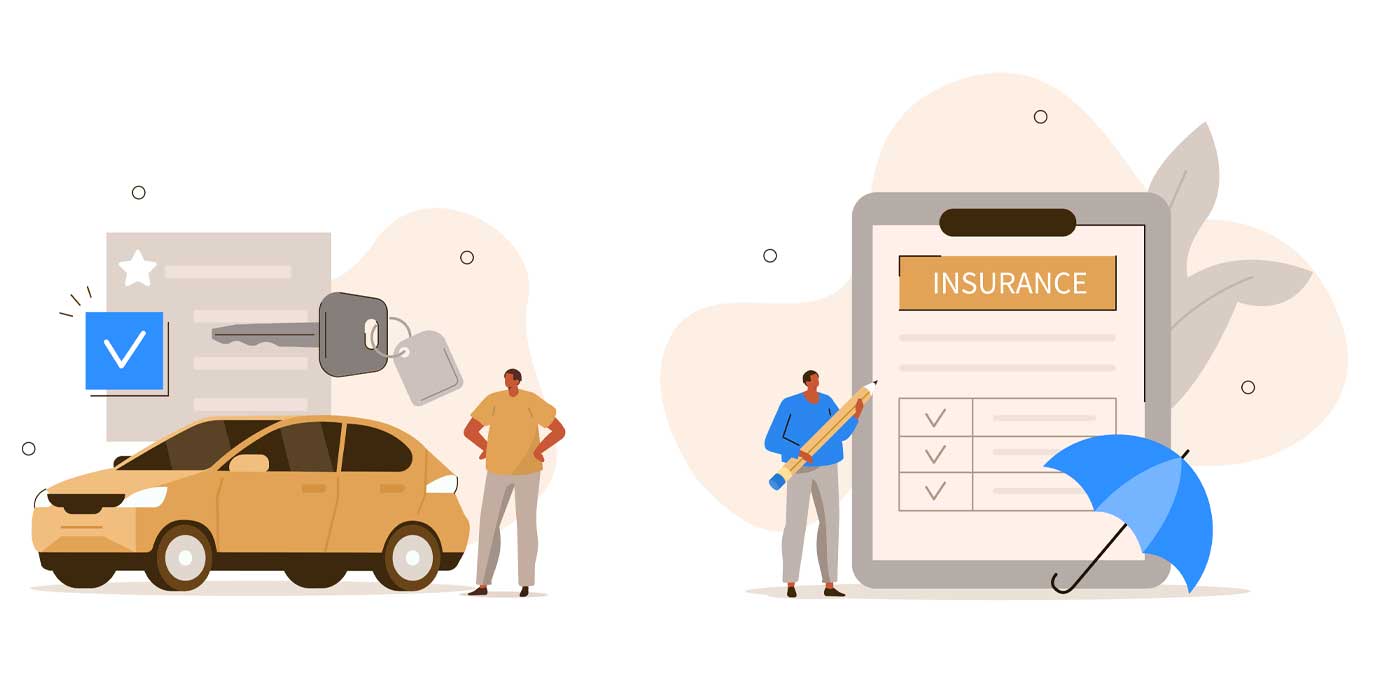 As the momentum behind digital retailing in the auto industry began to pick up speed a few years ago, Stephen Taylor Jr. and his father knew the time had come.
As the momentum behind digital retailing in the auto industry began to pick up speed a few years ago, Stephen Taylor Jr. and his father knew the time had come.
“Even though eBay and Amazon have been doing online retailing for over 20 years, we were a little hesitant at first,” said Taylor, dealer principal at Taylor Automotive Family of Toledo, Ohio. “But, we thought, why not cars?”
Taylor said his father, Stephen Taylor Sr., agreed that the time for digital retailing was long overdue, but it would require a fast, easy and secure program “to get the buy-in from our consumers.”
Their group is the largest car dealer in Northwest Ohio. It includes Taylor Cadillac of Toledo; Taylor Kia in Toledo, Findlay and Lima; Taylor Hyundai in Perrysburg, Findlay and Toledo; Taylor Volkswagen of Findlay; and Taylor Genesis of Perrysburg.
Finding a Best-in-Class Solution
“With more and more digital portals like Carvana coming to market, we realized the importance that our dealerships needed to offer our customer the same experience,” Taylor said. “We also recognized the challenges that Carvana and Vroom face so we wanted to capitalize on those areas and provide a best-in-class digital retailing solution.”
They settled on WebBuy, a new digital-retailing application. Steve Zabawa, co-owner of Rimrock Auto Group in Billings, Mont., and co-founder of WebBuy, approached Stephen Taylor Sr. and shared his vision and solution for a seamless online sales process.
“We all know change is difficult but inevitable,” Taylor said. “Being first might not be the best place all of the time. Being a pioneer can be tough and sometimes you’re left out in the cold. However, you never want to be last in this industry either.”
“As a group we saw the writing on the wall. Consumers want to get in and out and spend less time at our dealership,” he said. “People get frustrated in a fast-food line if it takes more than five minutes to grab a cheeseburger. Two or three hours in the dealership isn’t going to fly anymore.”
Taylor said that many digital retailing tools are just lead providers. Because the app they chose was developed by car dealers, it not only “provides an exceptional amount of low-funnel leads,” but also offers more functionality and flexibility and a “car-buying experience” that consumers expect, he added.
The app allows Taylor’s team to:
• Provide customers an exact monthly payment and cash down, and confirmation that financing is approved and rate locked in;
• Customize the trade-in functionality to maximize the accuracy of evaluating a trade-in without seeing it;
• Make a solid offer on trade-ins, as customers are more honest online because they do not want to have to haggle about their trade when they come in;
• Accurately determine taxes and fees, and fine-tuning numbers in real time to adjust to never-ending rules on taxes and fees;
• Process credit applications and determine a deposit; and
• Send credit information to banks through RouteOne and provide customers with actual loan offers — not just pre-approvals. The customer can choose between two to three offers from finance sources they recognize.
“This solution provides the precision to maximize the auto-approve capability — we believe this tool is another industry-leading differentiator from other digital-retail platforms,” Taylor said.
Zabawa, who has been a dealership owner for more than 30 years, said that he and co-founder and CEO Tom Murray created the click-to-buy app “because of the obvious need of a quick, transparent way to buy a car.”
“WebBuy is for car dealers what PayPal was to eBay,” Zabawa said. The company has signed agreements and is collaborating with multiple OEMs to use the app on websites across the U.S. after seeing its success in selling cars online and in showrooms at Rimrock Auto Group.
“The initial numbers at Rimrock are double our previous digital-retailing products in users, leads, loan origination and sales,” Zabawa said.
“Franchised dealers have historically focused on four lanes of the retailing highway — new, used, F&I, and parts and service,” Murray said. “CarMax figured out 20 years ago that there’s a fifth lane. As technology has improved, many buyers now gravitate to web-based purchasing solutions as an alternative to the in-store experience.”
“Our goal is not to change the way dealers do business, but to only add another tool to engage an ever-increasing subset of buyers whose preferences are changing,” he said. “One only needs to look at Walmart and Target to see companies meeting needs of the growing demographic of consumers who want a self-checkout experience.”
Evolving from Traditional Marketing
Stephen Taylor Sr. entered Ohio’s automobile industry in 1979 when he purchased Walt Pierce Buick in Toledo. But his family connections to the industry started much earlier. His wife, Julie, is the granddaughter of Charles Fisher of Fisher Body Co. Starting in 1908, the Fisher brothers’ trademark “Body by Fisher” badge was displayed on millions of bodies they built for General Motors, Cadillac and others.
Nine years after opening Taylor Buick, Taylor Sr. acquired the Grumpp Cadillac dealership and opened Taylor Cadillac. His son Stephen joined the business over 30 years ago and the father-son duo has seen the Taylor Automotive Family grow to eight locations and 350 employees.
Across its 40 years, Taylor Automotive has relied on radio and television marketing to help build its business.
“We have always been a heavy traditional marketing dealer,” Taylor said. “Radio is what aided our KIA dealership to become the No. 1 KIA dealer in the nation. A few years later we added TV and never looked back. We were doing very well.”
But then SEO (search engine optimization) and SEM (search engine marketing) started to rise up, Taylor said, and there was danger in losing ground to the digital revolution.
“We were a little hesitant at digital marketing because our traditional channels always performed so well for us. But we knew we needed to begin to incorporate more digital and replace some of our traditional.”
“I think digital retailing is the next big change for the auto industry. Online is how many other commodities are being sold. Our consumers are already shopping and performing hours of research online.”
After attending NADA, Digital Dealer and other digital conferences, the Taylors knew there were several products in the market offering very different solutions.
“We know there are many programs still out there that are getting finalized,” Taylor said. “WebBuy seems to be the only one that has a start-to-finish process.”
“We had Shop-Click-Drive set up at our Cadillac location, but we just couldn’t seem to complete the car deal,” he said. “Since we’ve launched with WebBuy, Cox debuted their tool, Accelerate. We have Accelerate linked to our Autotrader pages only because we can’t add in WebBuy yet.”
Many digital-retailing products they considered just didn’t meet their needs. Many did not provide an intuitive consumer experience, flexibility that would ensure financial goals could be met, or a true end-end experience — a solution the consumer desires and the final step to the road to the sale.
What is The Consumer Experience?
The Taylor dealerships consider the new app as their digital showroom that complements their websites, giving consumers the tool they need to purchase their next vehicle. In the steps along the car-buying journey, consumers:
• Browse the dealerships’ inventory to find a vehicle they would like to purchase
• Click the “Buy Now” button on the website to begin the process
• Determine how they would like to finance their vehicle
• Get a real-time trade-in offer
• Determine a budget and payment they like
• Add accessories
• Complete a credit application
• Put a deposit down to secure their purchase
Taylor said that while the consumer is completing the process, the company’s BDC is also aware of their progress and will engage as needed to assist the consumer.
“The process gets the customer excited about actually purchasing the car,” Taylor said. “It’s like winning an auction. When the customer comes in to pick up their vehicle, the worry of a purchase has already subsided. Now it is just joy and excitement.
“Digital marketing takes your customer on a journey or pathway to the sale. Like eBay or Amazon, ‘Buy Now’ means you buy it. It’s ordered. Come pick up your car.” WebBuy














